There are many cool restaurants in Paris with seasonal menus, understated decor and hushed dining rooms. But you can’t talk about places to eat in the city without covering bouillons in Paris.
A bouillon is an eatery that harkens back to another era of Parisian dining—when the menu never changed, the service was snappy and the dining room was big, loud and convivial; a time before open kitchens, when the diners, not the chefs, were the stars of the show.
Paris’s bouillons are back in style! These classic French eateries combine history, affordability, and delicious cuisine. Here’s how to explore them like a local.
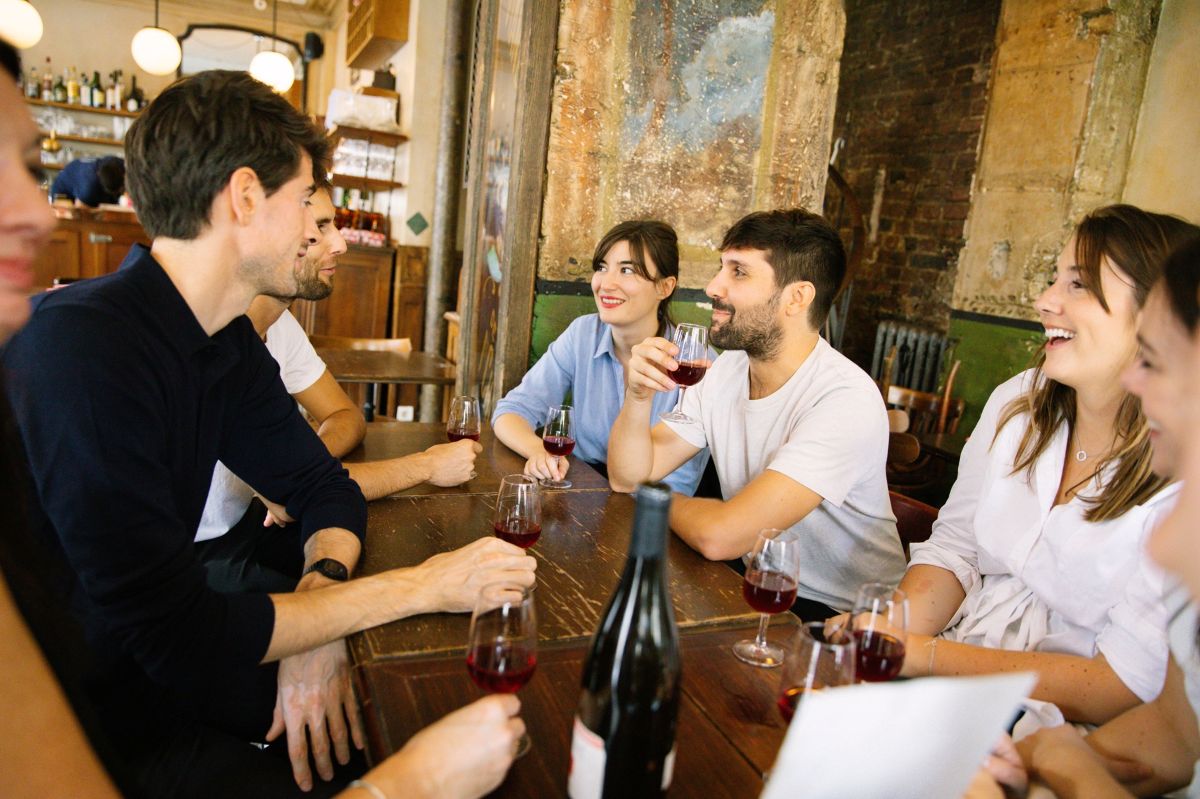
Why should you visit a bouillon?
There are four great reasons to add dining at a bouillon to your to-do list in Paris:
- Traditional dishes
- Affordable prices
- Carafes of wine
- To be charmed by the unique experience of dining at 19th-century institutions.
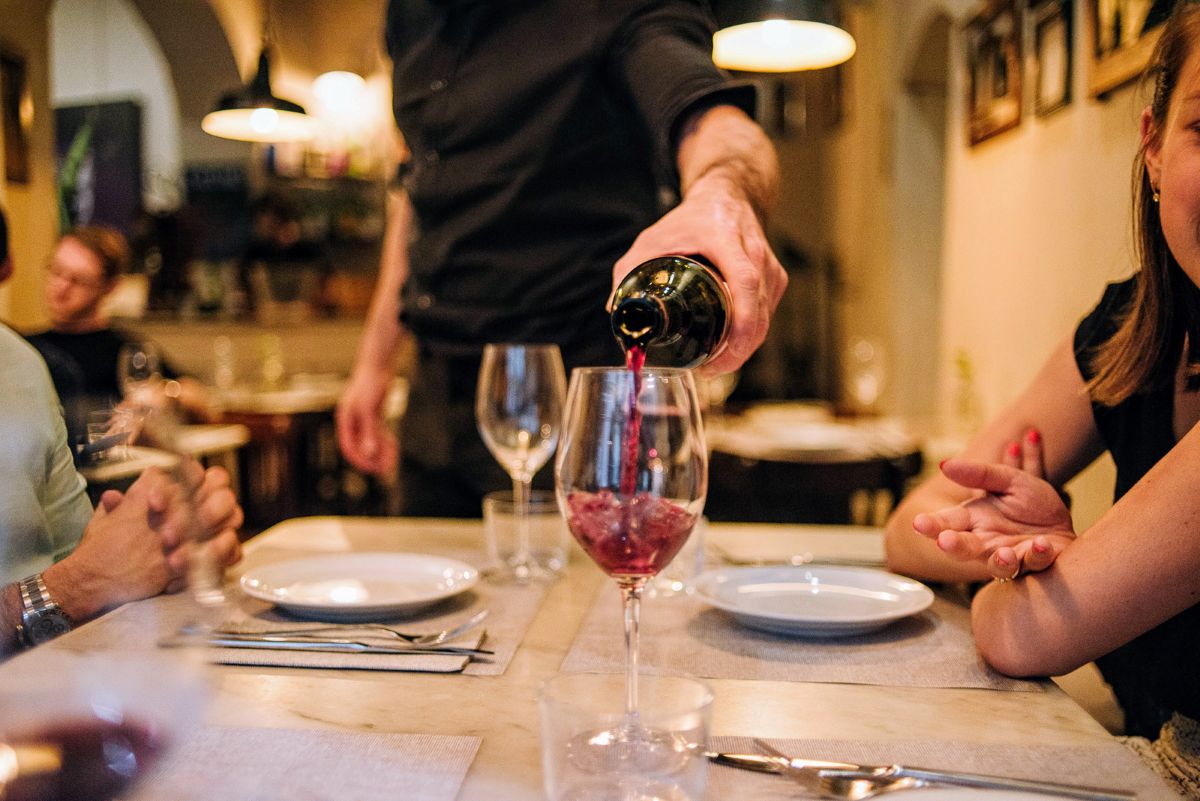
Where did bouillons come from?
The original bouillon dates back to 1860, when a Parisian butcher with high-end clientele decided to open a casual eatery to make use of unsold cuts of meat.
It was meant to be a place where workers could eat a hot, satisfying meal at a good price. The menu featured traditional famous foods in Paris like hochepot de boeuf, served in broth, or bouillon—from which the establishment got its name.
With the success of the first bouillon, several more opened throughout Paris. At one point, there were nearly 250 bouillons across Paris. But over the years, one by one, most of them shuttered—until recently, when they’ve started experiencing a resurgence in popularity.
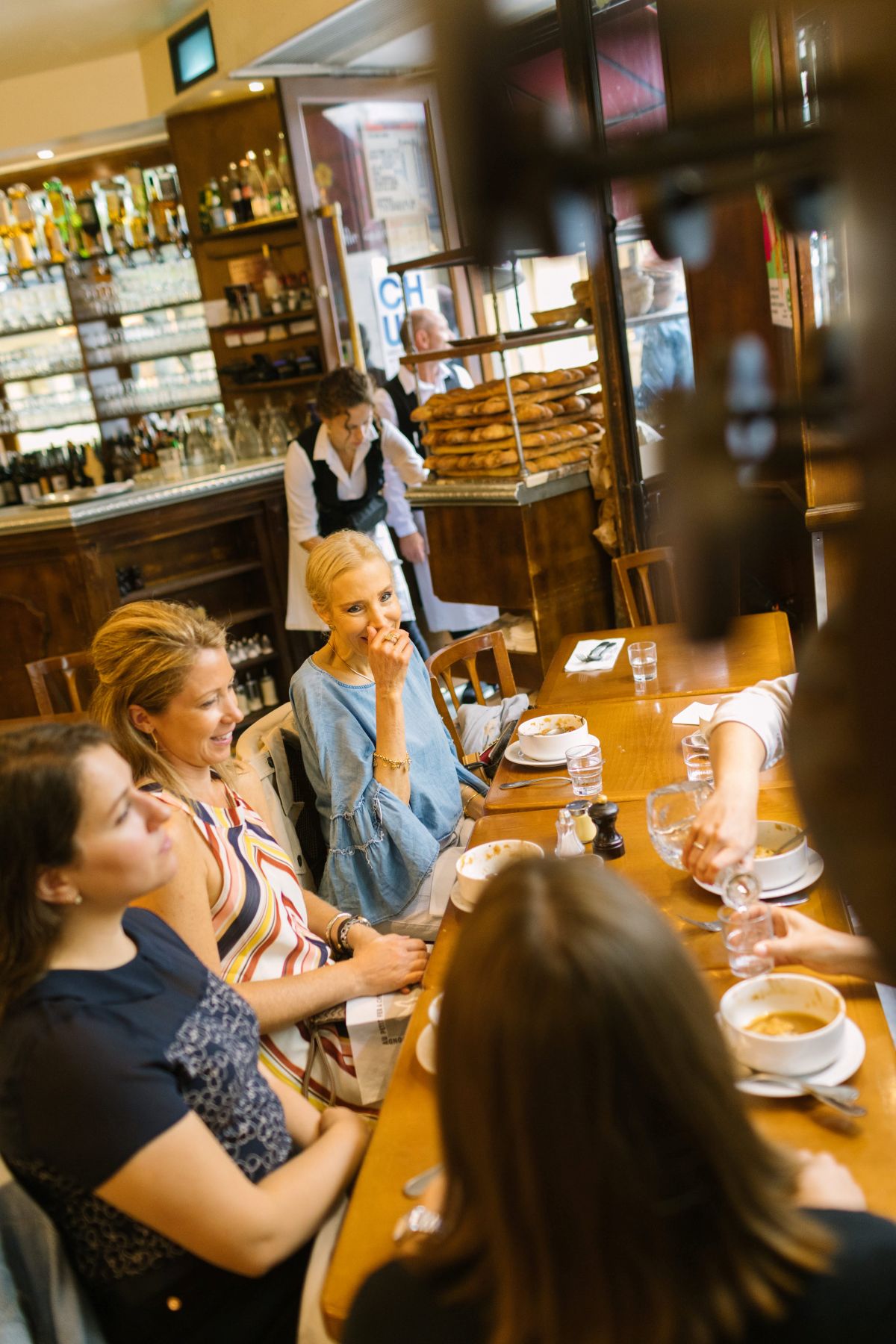
Top 4 bouillons you need to try in Paris
Bouillons are enjoying a revival in popularity. Here are some of the city’s best recommended by our local team:
- Bouillon Chartier: The city’s most famous bouillon, with three locations in the city.
- Bouillon Pigalle: A slightly modernized version of a bouillon in Pigalle.
- Bouillon Julien: “Here, everything is beautiful, delicious, and [a] great value!” – Edouard Fournier, founder.
- Bouillon Racine: Situated in the Latin Quater, this iconic bouillon has been around since the early 1900s.

How to experience bouillons like a Parisian
A typical bouillon meal begins with a classic starter, like oeufs mayonnaise (eggs hard boiled, sliced and served with a pile of dijon-y mayonnaise) or escargots swimming in butter, garlic, and parsley. The second course options show clear favoritism toward meat eaters, with a handful of hardy options like grilled rumsteak, lamb chops, steak tartare, and tête de veau (veal head).
Still, there is plenty of fun to be had by vegetarians and pescatarians, from roasted bass in fennel sauce and cauliflower gratin to a slew of tasty sides like green beans à l’anglaise and mushrooms à la provençale. Plus, you can never go wrong with a plate of skinny, crispy pommes frites (french fries).
To round off your meal, a bouillon dessert menu offers simple sweets like wine-simmered prunes with vanilla ice cream and roasted apples with pralines. Next time you’re in Paris, a meal at a bouillon is a must. Think of it as a taste of Parisian history—on the cheap. There may be a line, but trust us, it’ll be well worth the wait.
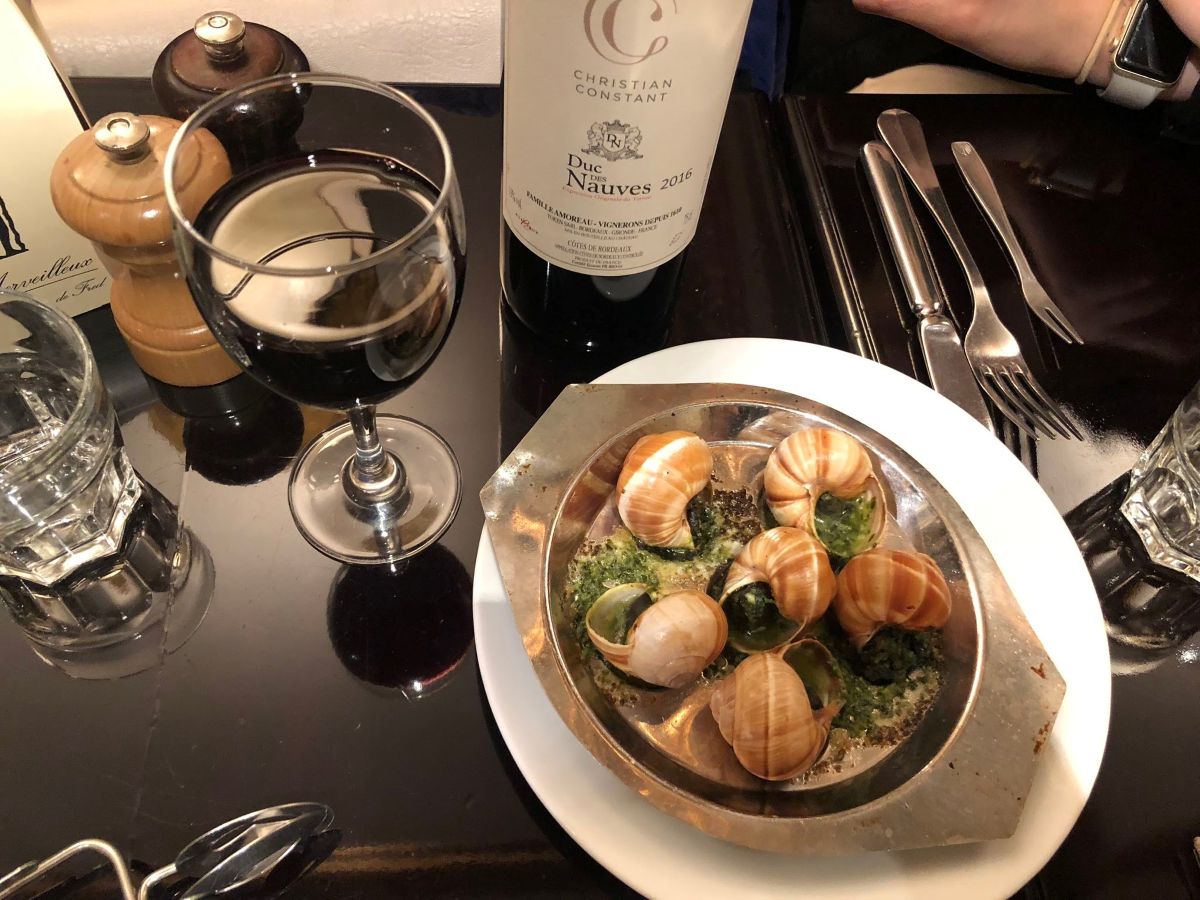
Paris bouillon FAQ
What is a bouillon in Paris?
A bouillon is a traditional French restaurant offering simple, affordable meals in a classic setting.

How do I find the best bouillons in Paris?
Research online reviews, or visit iconic ones like Bouillon Chartier.
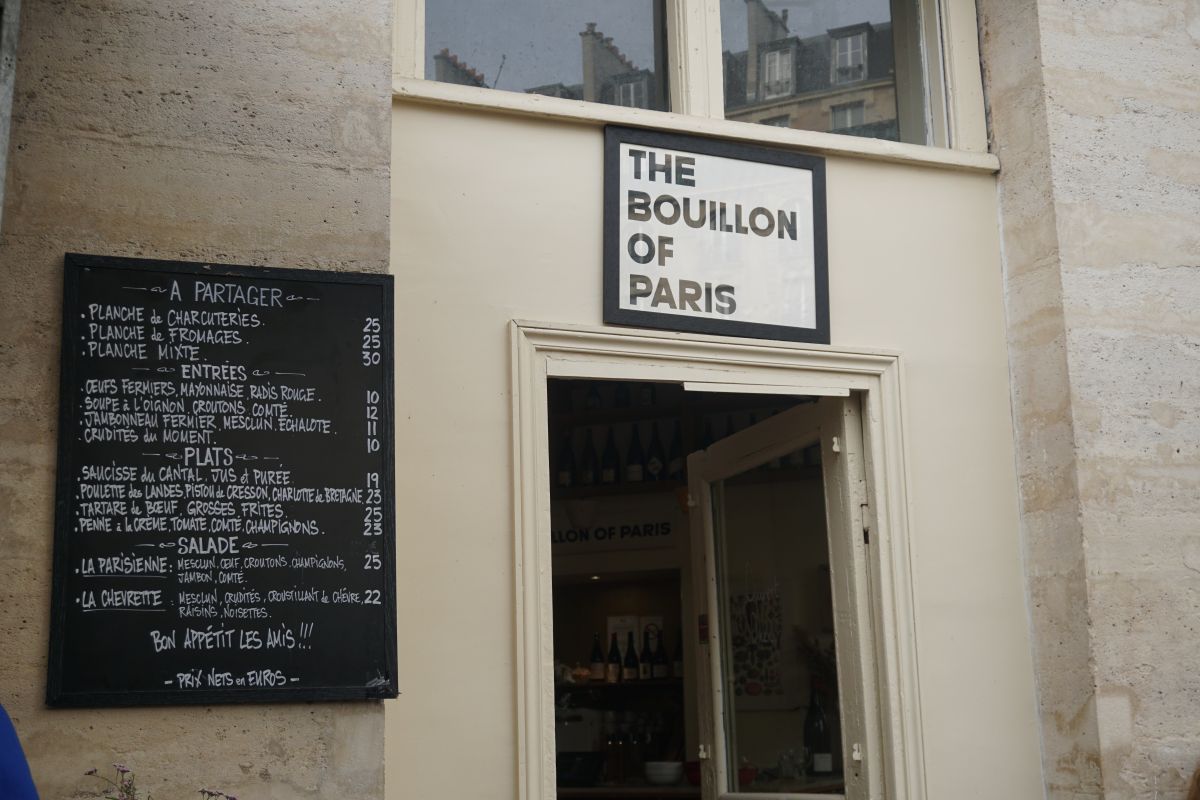
Are bouillons expensive in Paris?
No, they are known for being budget-friendly yet offering authentic French cuisine.
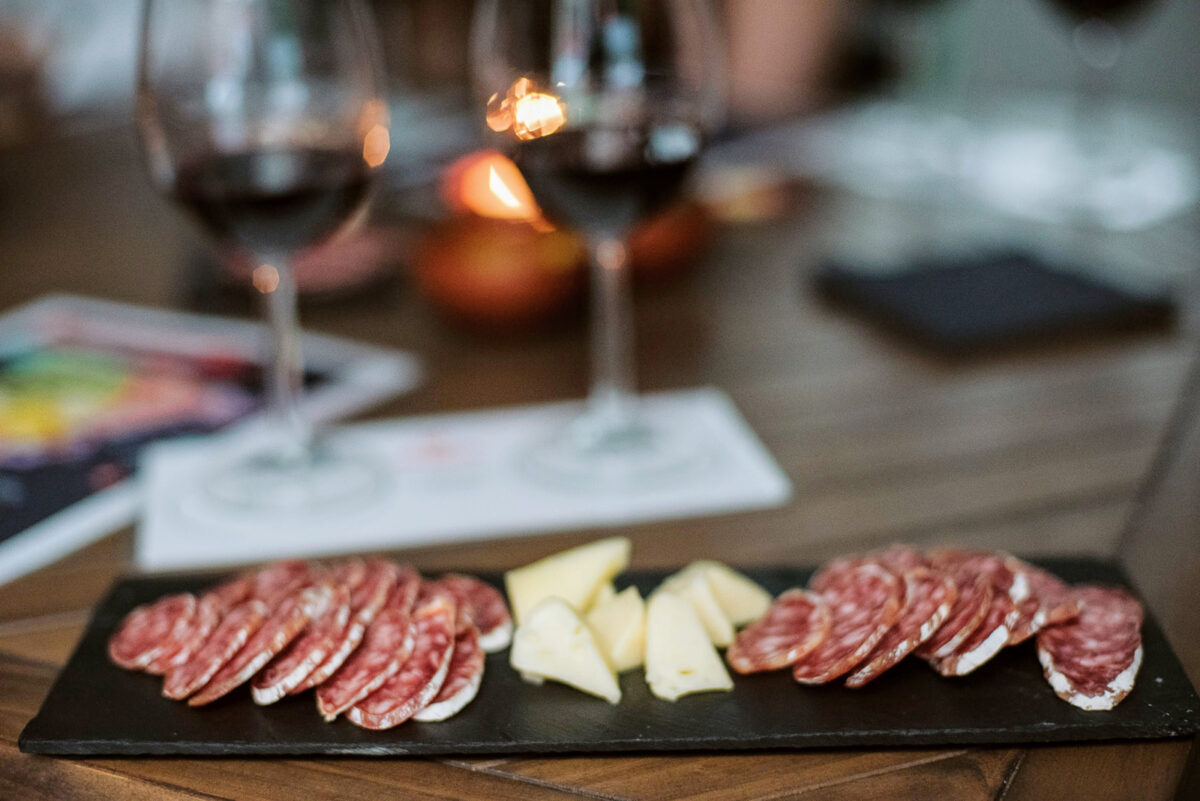
What should I order at a bouillon?
Try classics like escargots, steak frites, onion soup, and crème brûlée.
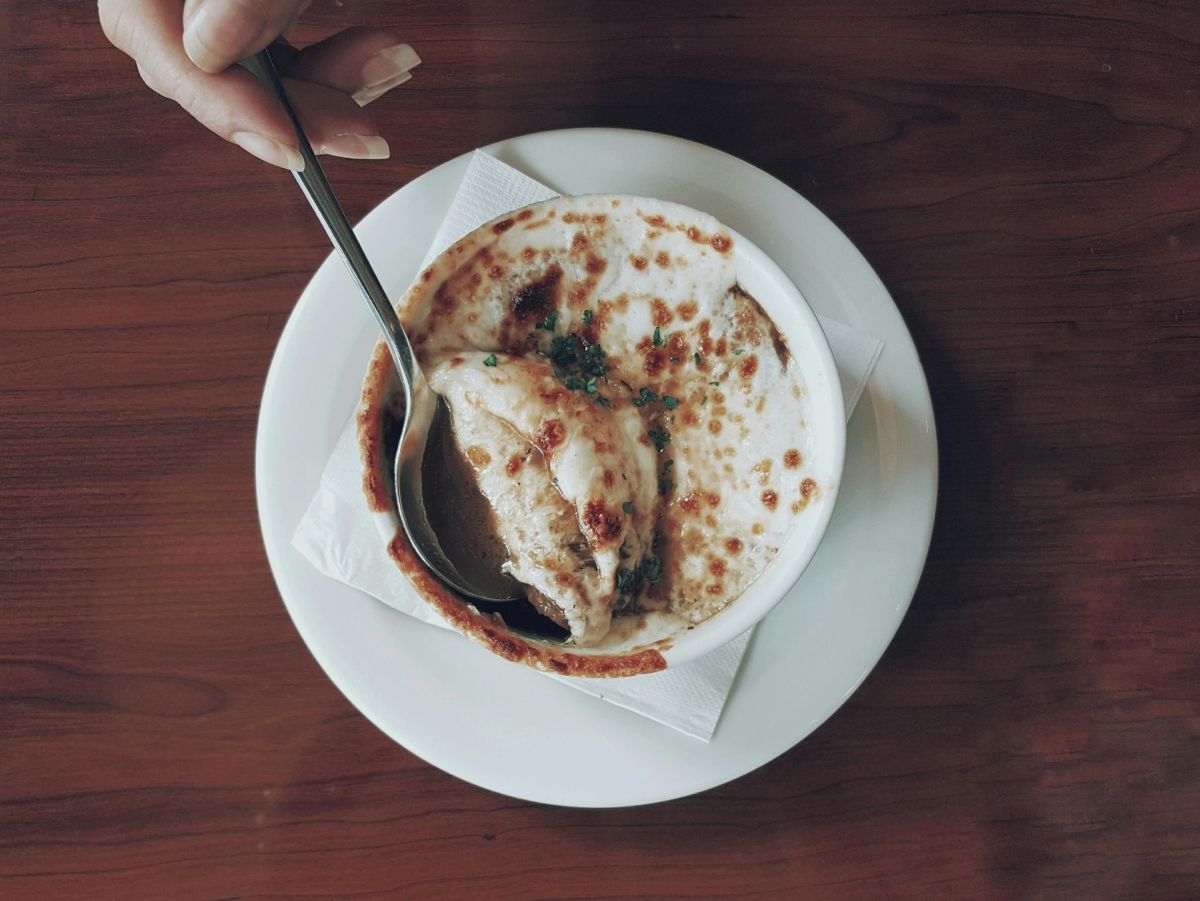
Are bouillons family-friendly?
Yes, they are casual and welcoming for all ages.
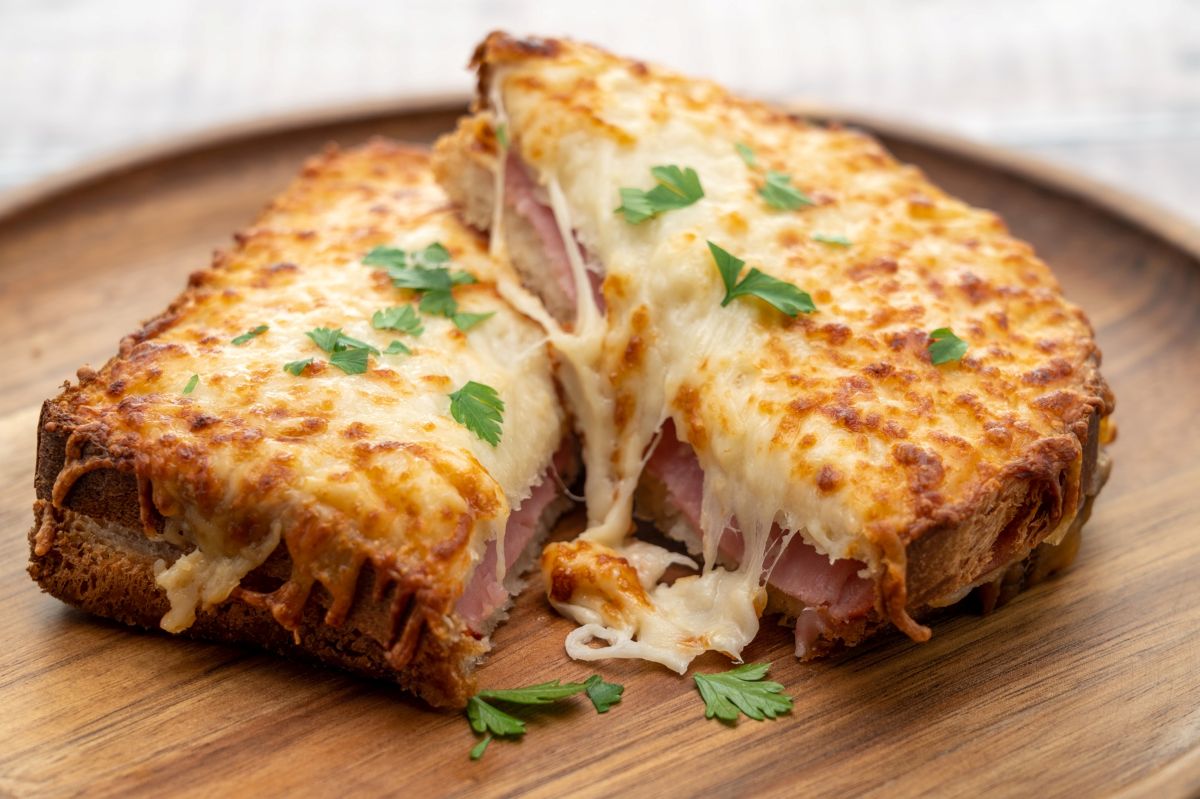
Update Notice: This post was updated on March 6, 2025.
Want to discover the secrets of French cuisine like a born-and-bred Parisian? Our Paris Ultimate Food Tour is calling your name. You’ll do so much more than eat—you’ll learn about why each bite has won the hearts of Parisians from all walks of life, and meet the proud families who work tirelessly to keep tradition alive. Come hungry!









